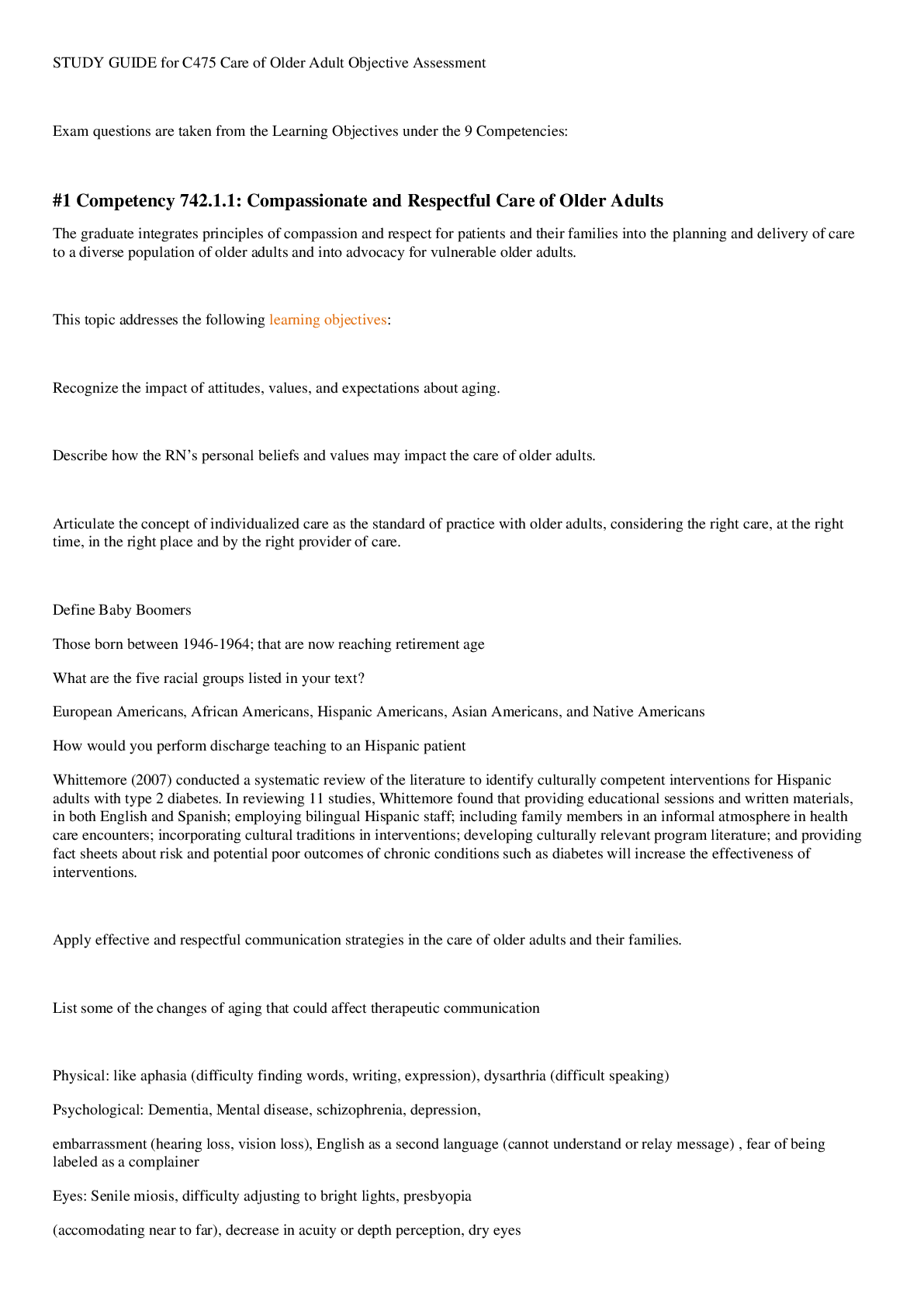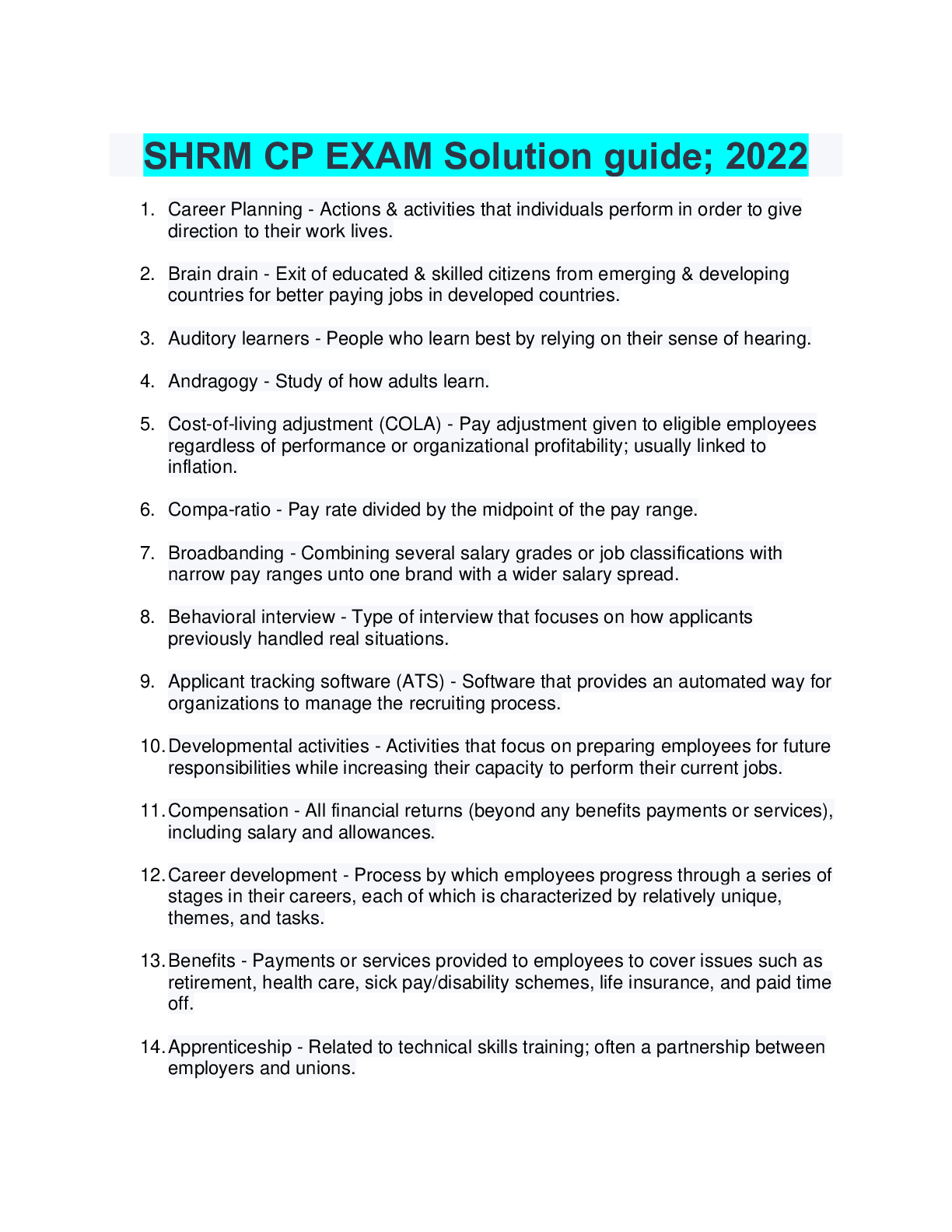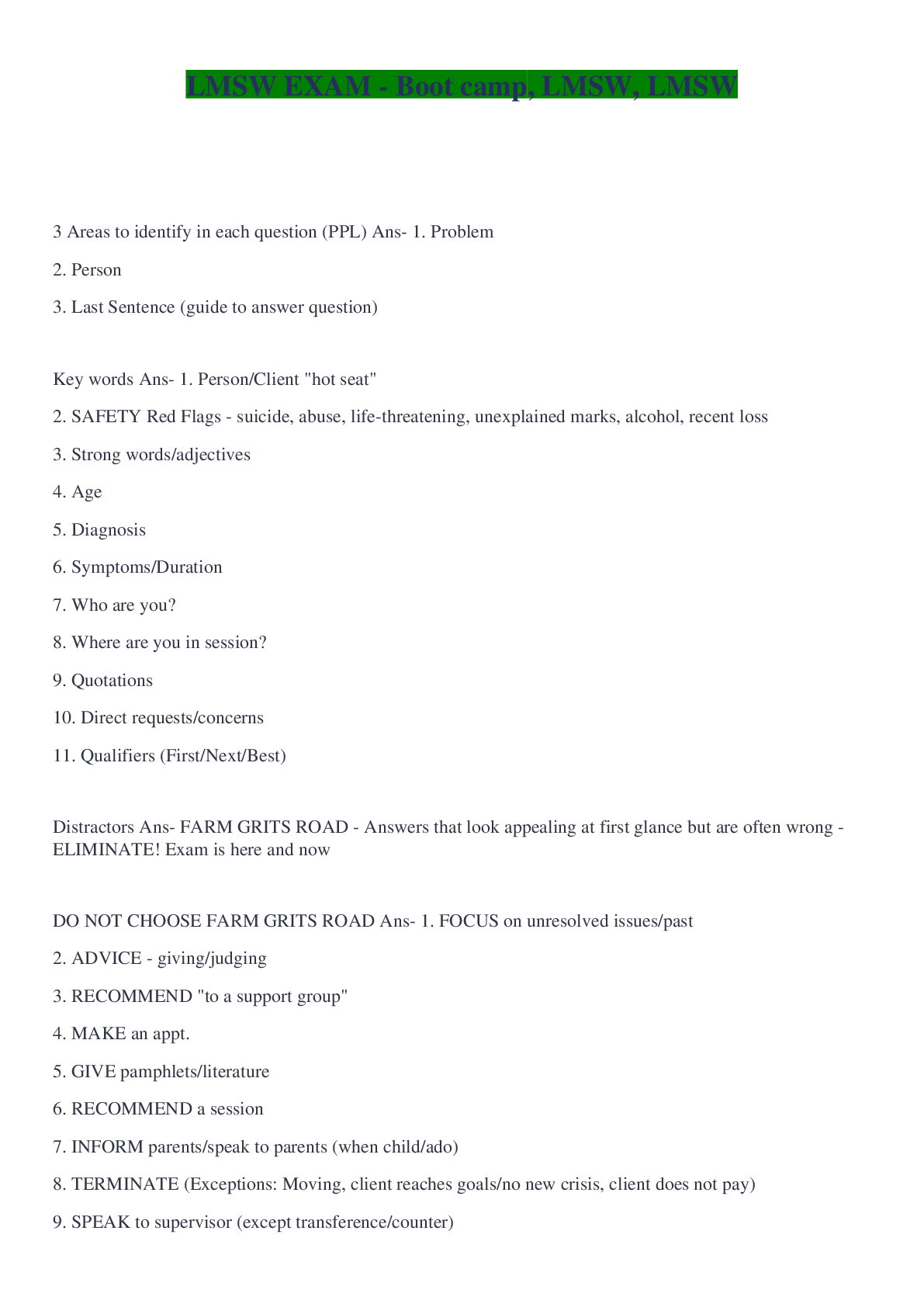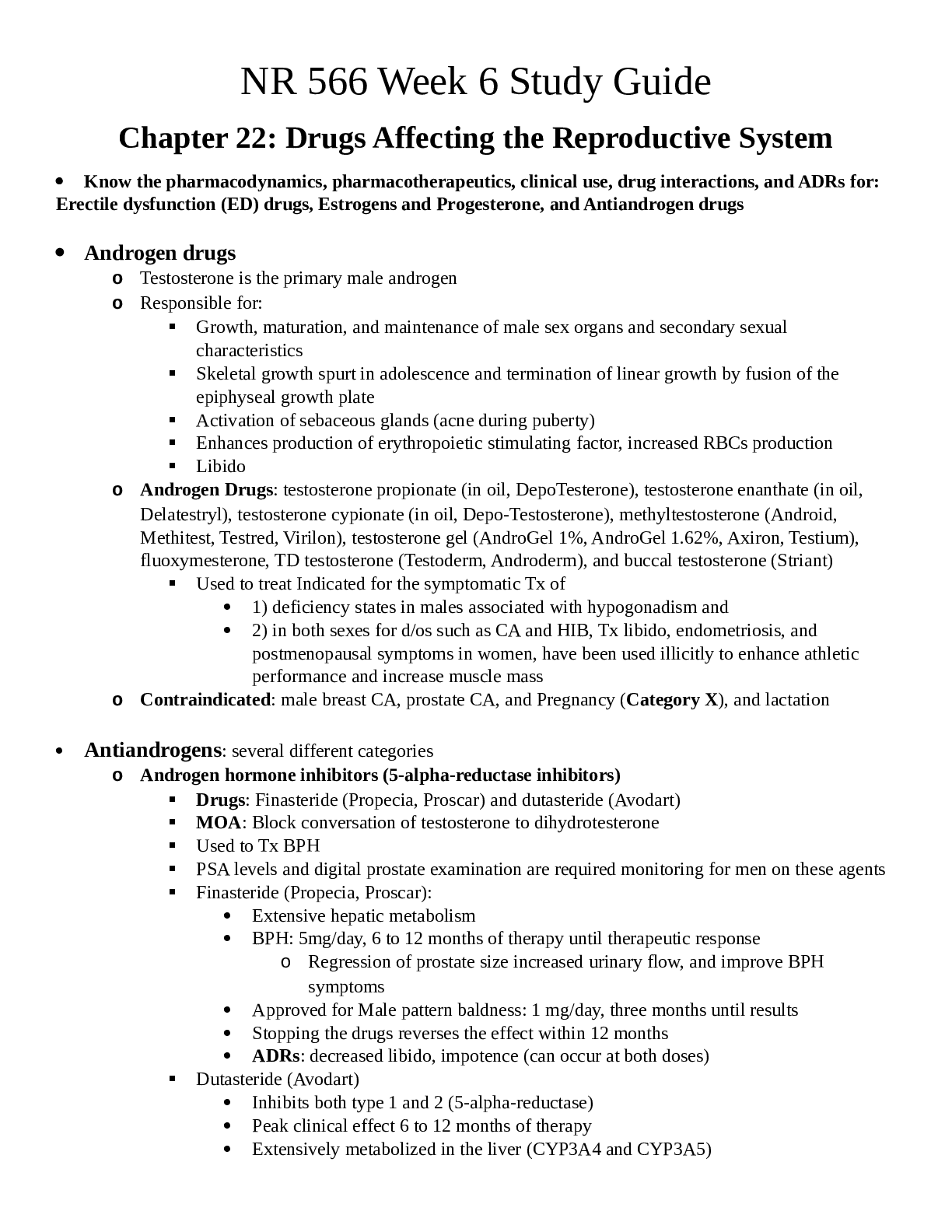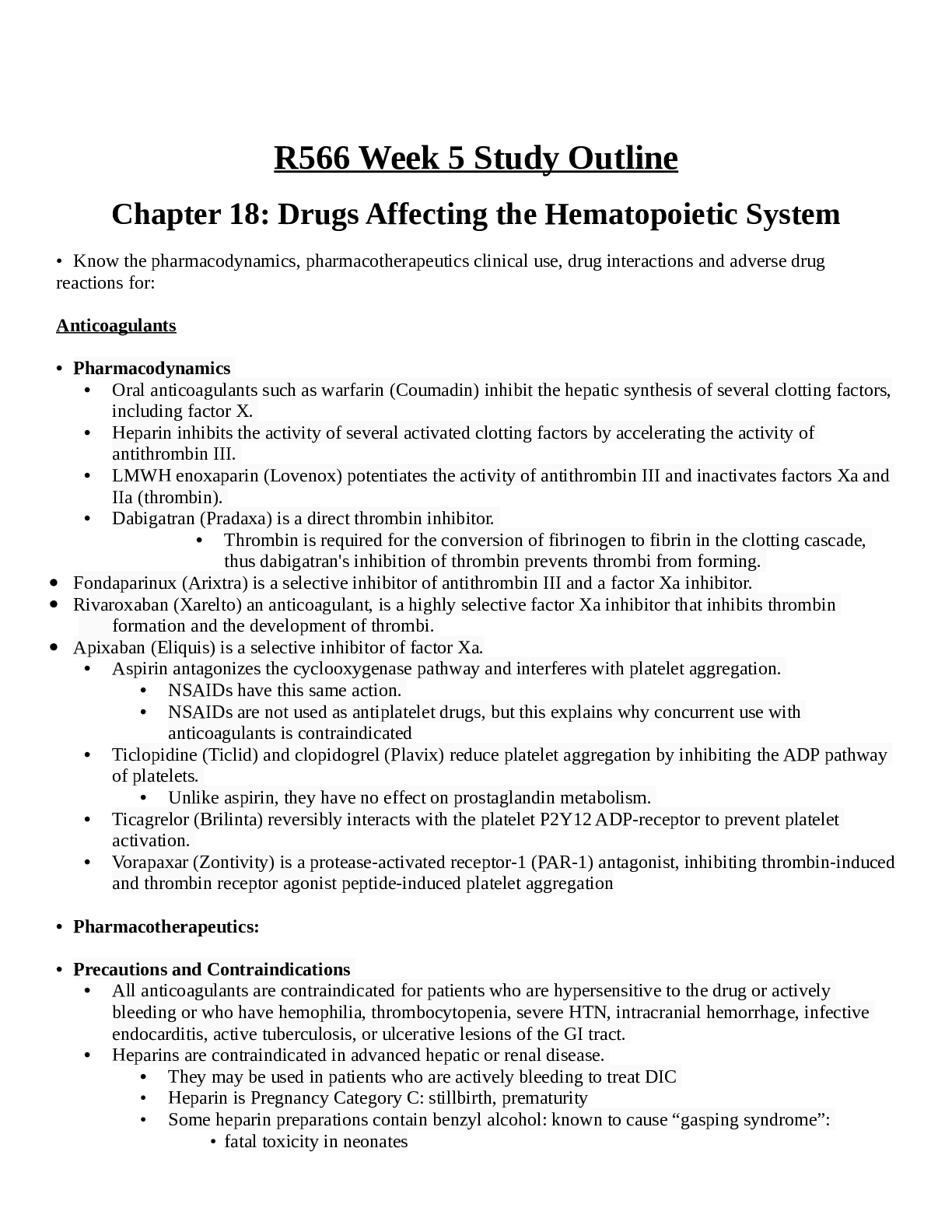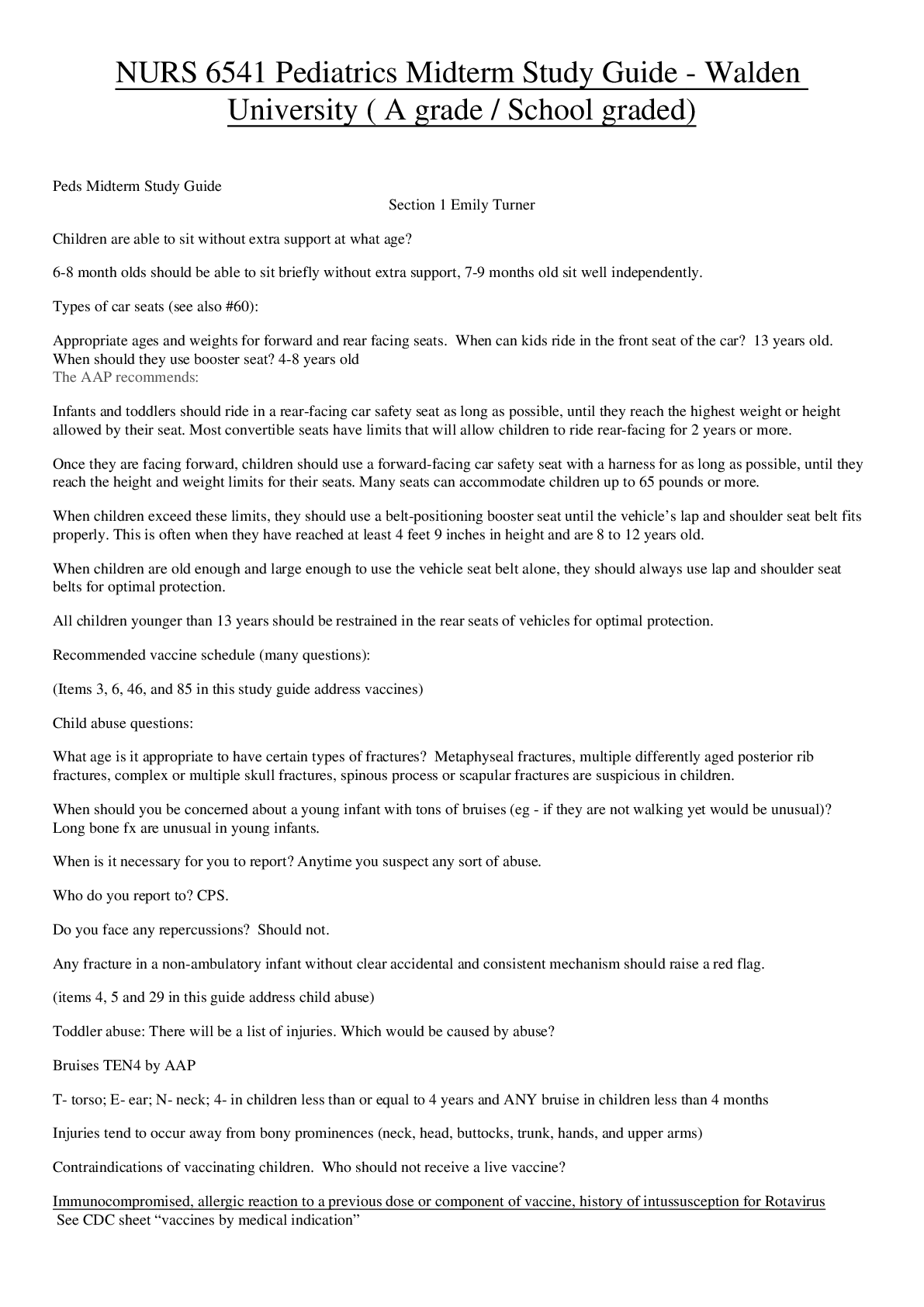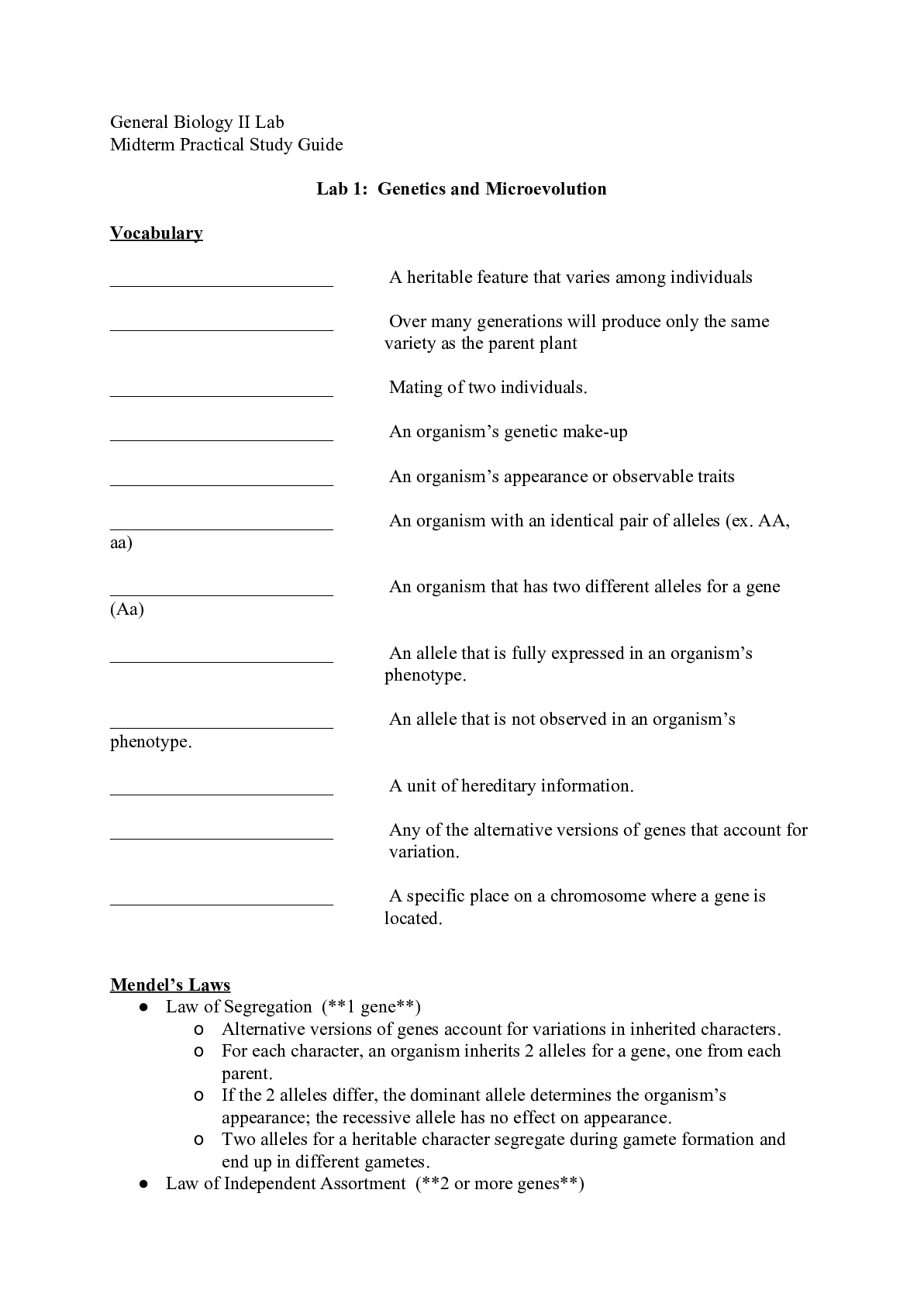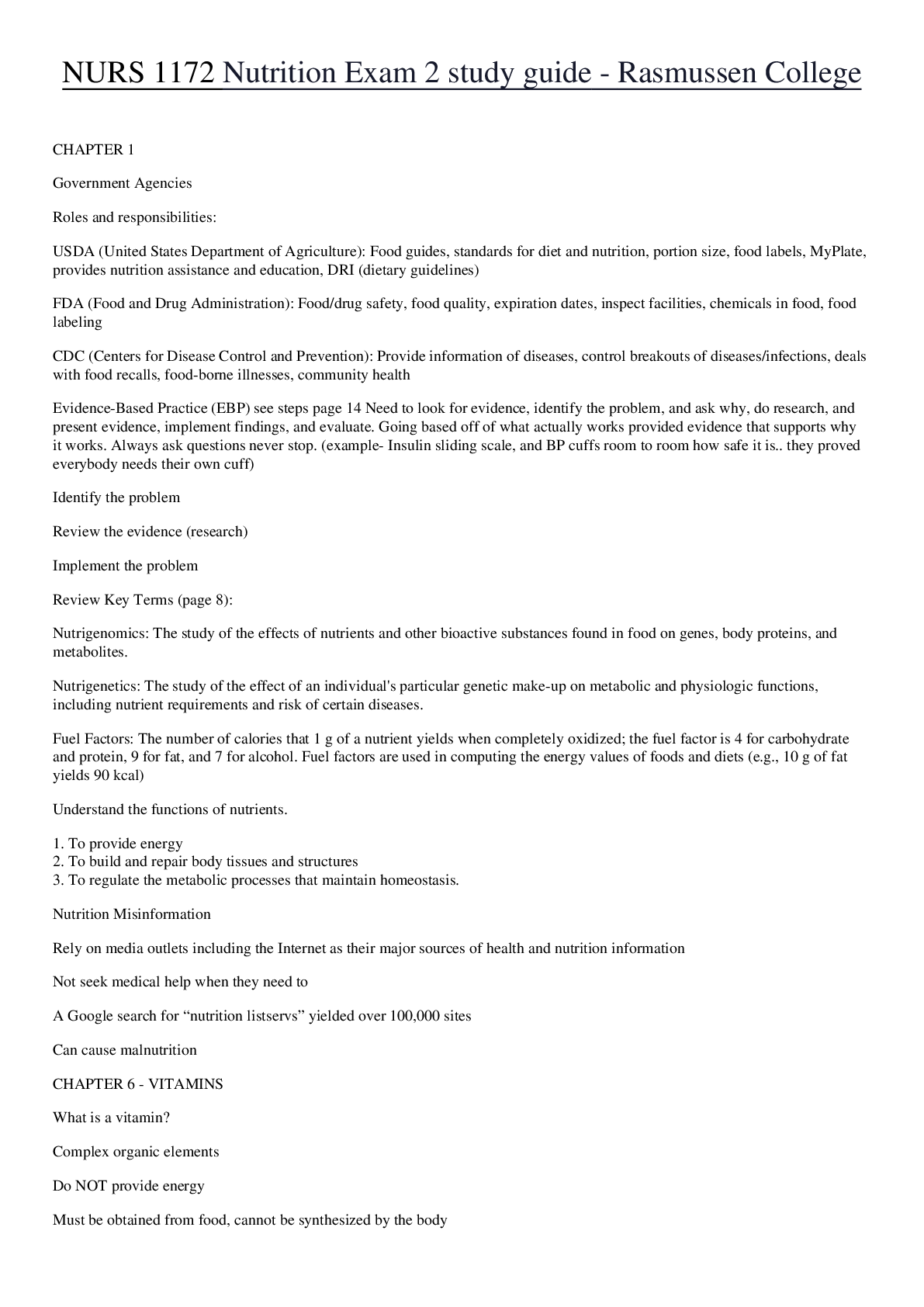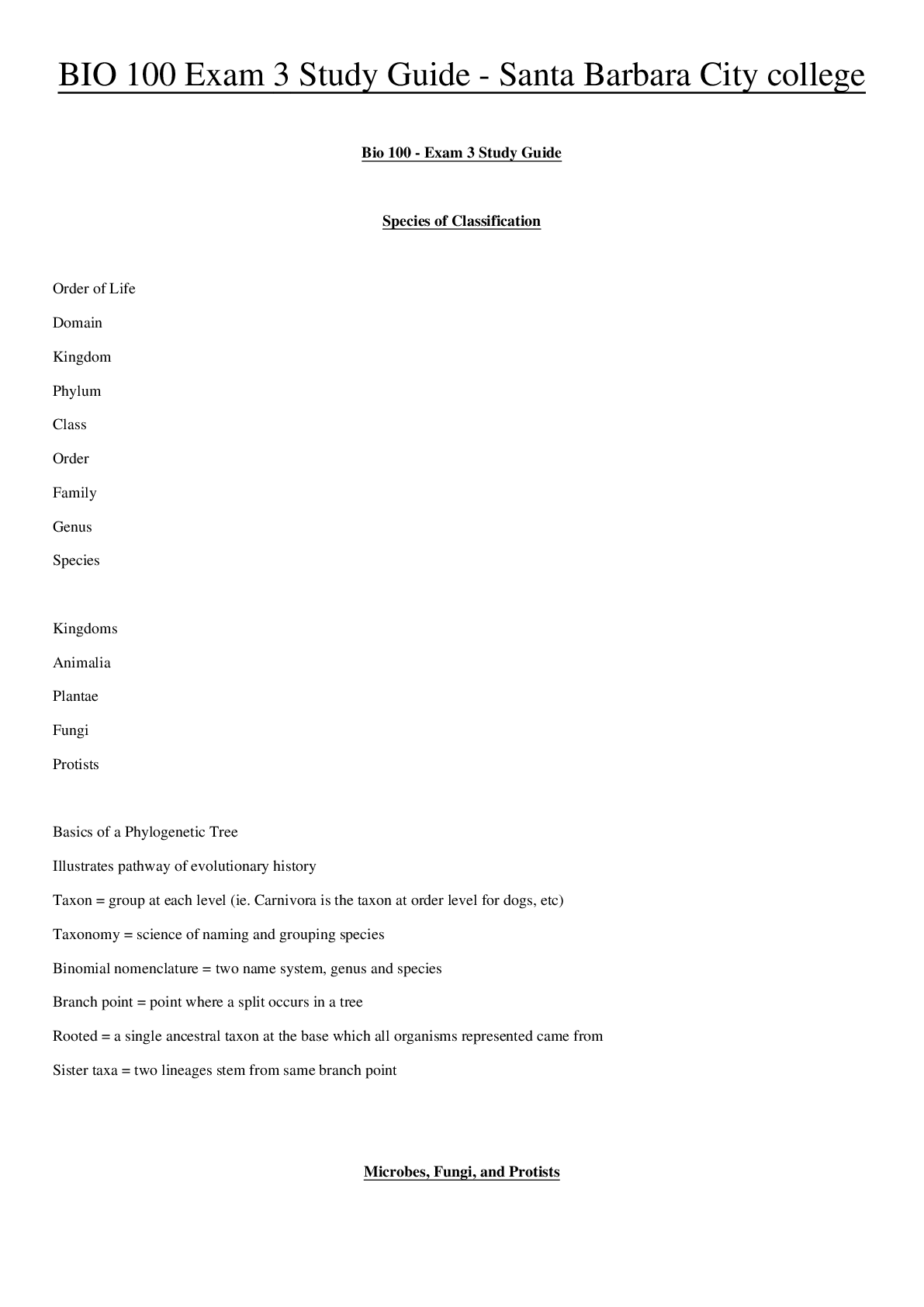*NURSING > STUDY GUIDE > Curry College - NURSING 2100 Pathophysiology Final Exam Study Guide - Pathophysiology Final Exam Stu (All)
Curry College - NURSING 2100 Pathophysiology Final Exam Study Guide - Pathophysiology Final Exam Study Guide (all chapters) Latest 2020/2021
Document Content and Description Below
Pathophysiology Final Exam Study Guide Chapter 1 • ATP function in cell metabolism o ATP = ENERGY currency for the cell • Aerobic and Anaerobic metabolism o Aerobic = requires oxygen to for... m CO2 and H2O as energy- Krebs cycle o Anaerobic = no oxygen required; occurs in glycolysis = glucose pyruvic acid lactic acid: what pyruvate turns during glycolysis when oxygen is not present • Cell signaling and communication mechanisms o Cell surface receptors: G protein linked receptors: Function as an on/ off switch to convert external signals (first messengers- proteins, small peptides, amino acids, fatty acids) into internal signals (second messengers- by the response of secretion, muscle contraction or relaxation or change in metabolism). Enzyme linked receptors: Widely used in hormone control of cell function Ion channel linked receptors: Involved in rapid synaptic signaling between electrically excitable cells in nerve and muscle cells. • Membrane potentials and their functions o Movement of ions in water. o Changes in membrane potentials are necessary for generation and conduction of nerve impulses and muscle contraction. Chapter 2 • Normal adaptive process (cell structure and function) o Allows stressed tissue to the survived or maintain function. • Atrophy: Decrease in cell size • Hypertrophy: Increase in cell size • Hyperplasia: Increase in number of cells • Metaplasia: When one adult cell type is replaced by another adult cell type. • Dysplasia: Deranged cell growth of a specific tissue. • Two patterns of reversible cell injury o cellular swelling: occurs with the impairment of energy- dependent sodium potassium pump, as a result of a hypoxic cell injury. o fatty changes: due to intracellular accumulation of fat, indicates cell injury. • Cell injury o Hypoxic cell injury: Hypoxia deprives the cell of oxygen and interrupts oxidative metabolism and the generation of ATP. The cell swells with water o Nutritional imbalances contribute to cell injury • Apoptosis: Programmed cell death/ suicide. Removes worn out cells and unwanted tissue. • Necrosis: unregulated cell death caused by injuries to cells. Cell death and degradation of cells that are part of living tissue. Cells swell and rupture which results in inflammation. They are then destroyed by WBCs. • Dry gangrene: lack of arterial blood supply but venous flow can carry fluid out of tissue, tissue tends to coagulate. • Wet gangrene: Lack of venous flow lets fluid accumulate in tissue, tissue tends to liquefy, and infection is likely. • Gas gangrene: clostridium infection produces toxins and gas bubbles [Show More]
Last updated: 2 years ago
Preview 1 out of 49 pages

Buy this document to get the full access instantly
Instant Download Access after purchase
Buy NowInstant download
We Accept:

Reviews( 0 )
$17.00
Can't find what you want? Try our AI powered Search
Document information
Connected school, study & course
About the document
Uploaded On
Nov 20, 2020
Number of pages
49
Written in
Additional information
This document has been written for:
Uploaded
Nov 20, 2020
Downloads
0
Views
93

.png)
